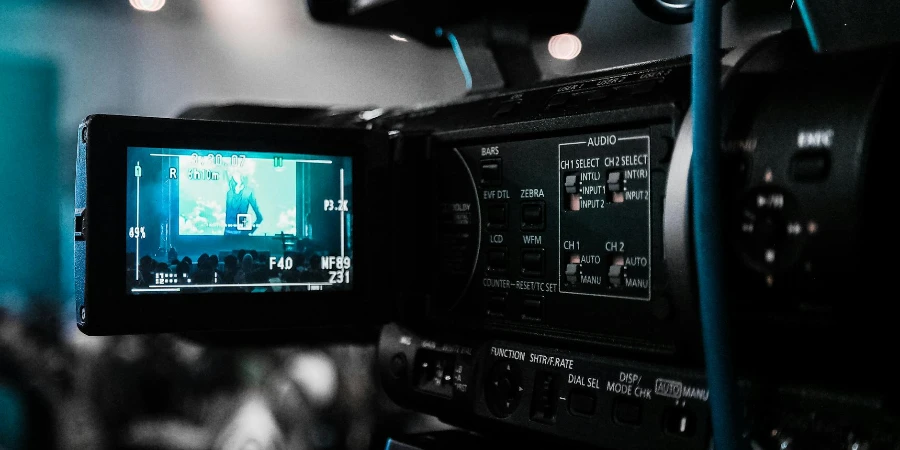In an era dominated by digital technology, the charm of film cameras persists, captivating both seasoned photographers and newcomers. This fascination isn’t merely nostalgia; it’s a profound appreciation for the artistry and tangible nature of film photography. This guide delves into the essential aspects of film cameras, unraveling the intricacies that make each click of the shutter a unique experience. Whether you’re contemplating your first film camera or seeking to deepen your understanding, this article offers valuable insights into the world of analog photography.
Table of Contents:
– Understanding film camera basics
– Choosing the right film for your camera
– Navigating the world of lenses and accessories
– Developing and processing your film
– Embracing the film photography community
Understanding film camera basics:
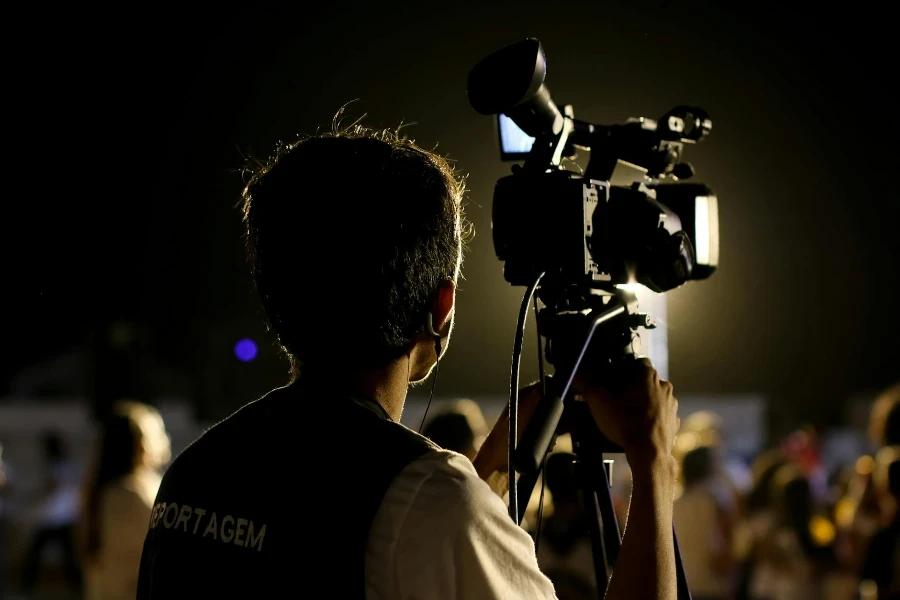
Film cameras, with their mechanical operations and light-sensitive film, offer a hands-on approach to photography. Unlike their digital counterparts, they require a more intentional focus on composition, exposure, and timing. This section explores the types of film cameras available, from SLRs to rangefinders and medium format beasts, each offering distinct advantages for various photographic styles. Learning how these cameras work, including shutter speeds, aperture settings, and film loading techniques, is crucial for anyone looking to dive into film photography.
Choosing the right film for your camera:
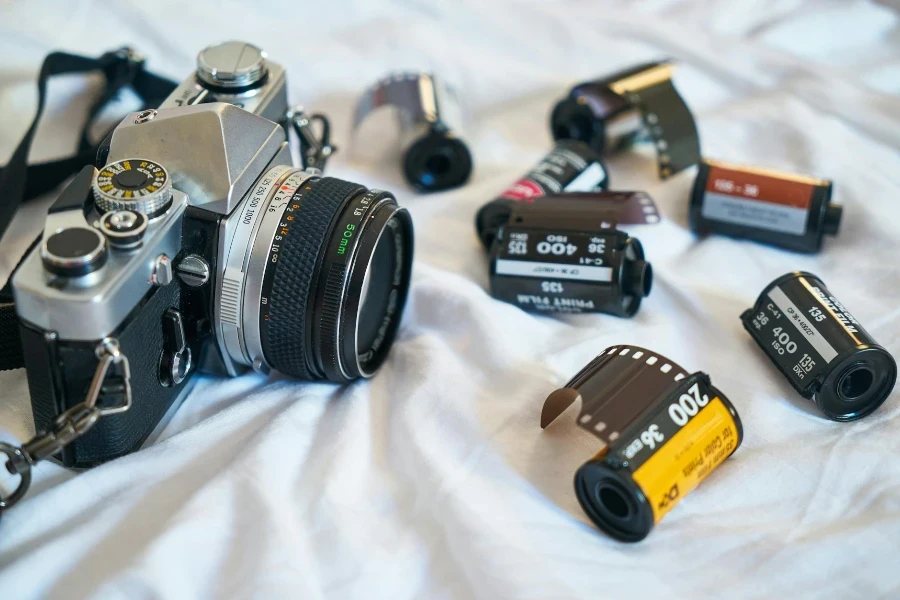
Film choice significantly impacts the aesthetic outcome of your photographs. Color films range from vibrant and high-contrast to soft and muted, while black and white films offer a timeless look, with variations in grain and sensitivity. This part of the guide discusses the importance of ISO ratings, film brands, and formats, helping you make informed decisions based on your artistic preferences and lighting conditions. Understanding the characteristics of different films can transform the way you approach each shot, adding depth and emotion to your images.
Navigating the world of lenses and accessories:
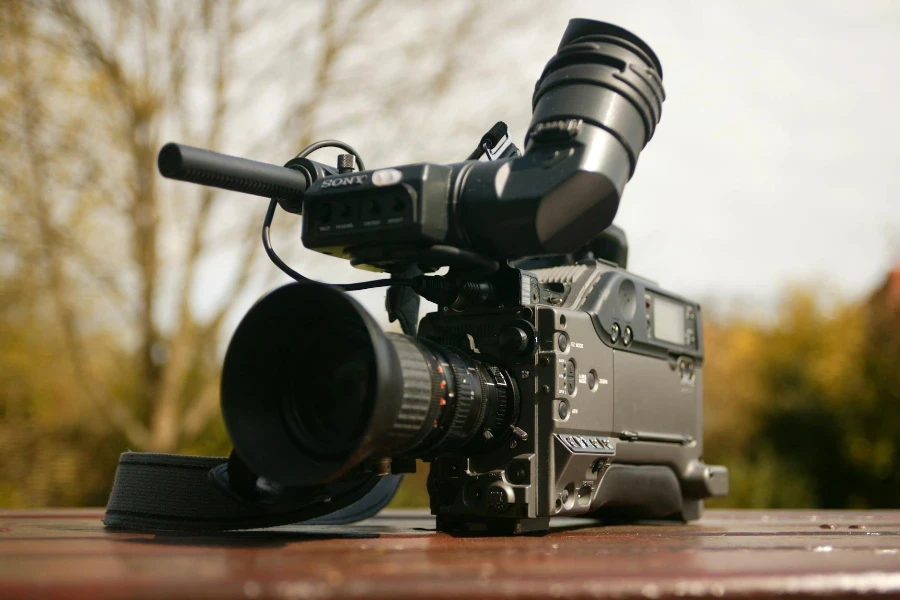
Lenses are the eyes of your camera, shaping the way you see and capture the world. This section covers the essentials of focal lengths, apertures, and lens types, from wide-angle to telephoto and everything in between. Accessories like filters, tripods, and light meters also play a significant role in film photography, enhancing your ability to control light and composition. By mastering these tools, you can push the boundaries of your creativity and develop a style that’s uniquely yours.
Developing and processing your film:
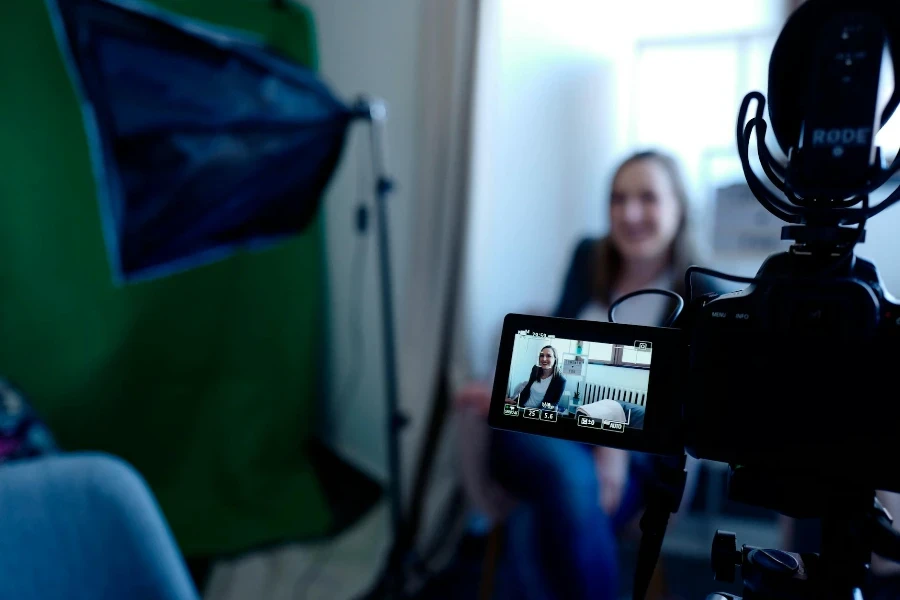
The magic of film photography unfolds in the darkroom, where images come to life on photographic paper. This segment provides a primer on the development process, including the chemicals used, the importance of timing, and the satisfaction of watching your photographs emerge. For those without access to a darkroom, it also covers alternative solutions, such as sending film to professional labs or using at-home development kits. Regardless of the method, understanding the development process deepens your connection to photography as a craft.
Embracing the film photography community:
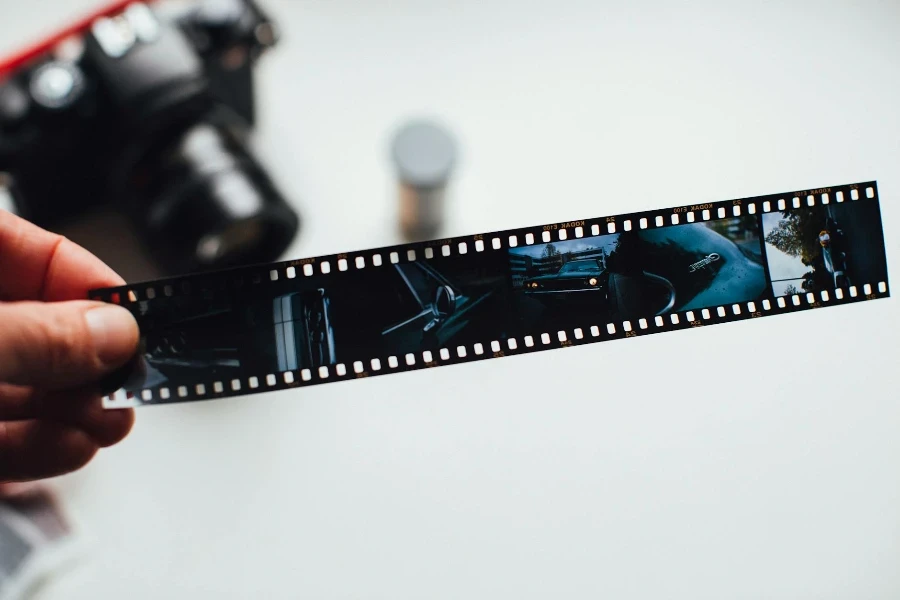
Film photography isn’t just about the equipment or techniques; it’s about the community of enthusiasts who share a passion for capturing moments in a tangible form. This final section highlights the importance of connecting with fellow photographers, whether through local meetups, online forums, or exhibitions. Sharing experiences, tips, and inspiration with others can enrich your journey in film photography, offering new perspectives and opportunities for growth.
Conclusion:
Film cameras invite us to slow down and immerse ourselves in the art of photography. Through understanding the basics, choosing the right film, mastering lenses and accessories, and engaging with the community, we can unlock the full potential of this timeless medium. As you embark on your film photography journey, remember that each frame is an opportunity to tell a story, capture a memory, and express your unique vision.
